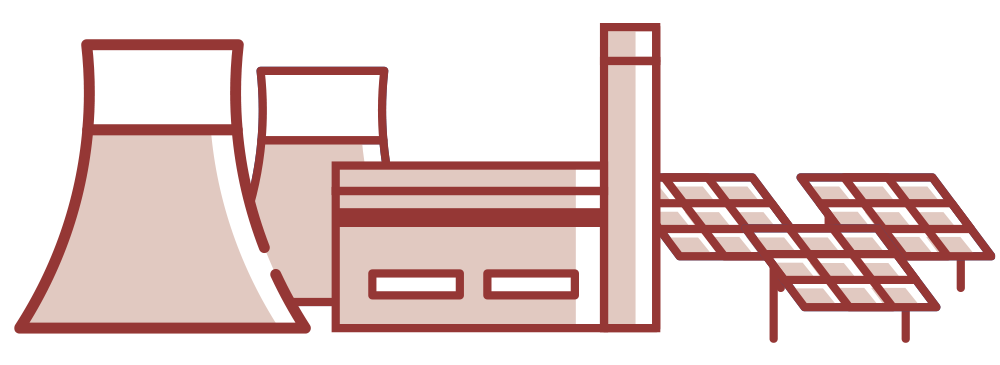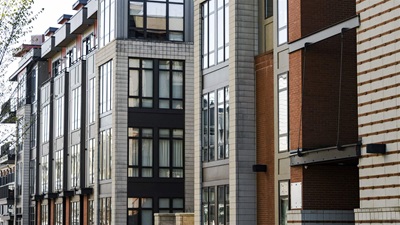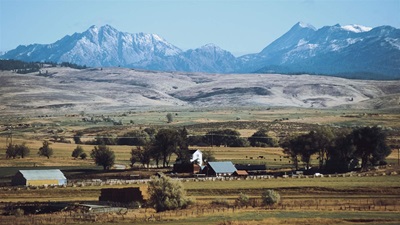Distributed Energy Resources Are Transforming the Electric Grid
On-site generation and storage can expand capacity
Over the next decade, experts predict that U.S. energy needs will grow by as much as 20%, largely driven by data centers, artificial intelligence, and increased manufacturing.1 But solutions that can help states, localities, and consumers manage this growing energy demand are closer than many people might think.
Distributed energy resources (DERs) are modular technologies—such as batteries, rooftop solar panels, and smart appliances—that generate or store energy on site at homes, businesses, and neighborhoods. DERs are key to creating an affordable, reliable, and cleaner electric grid.
Power Generation 1. Large power plants generate most of the nation’s electricity through coal or natural gas combustion; nuclear energy; or renewable energy sources, such as solar, wind, and hydroelectric. 
Transmission Grid 2. The transmission grid operates like a highway system, carrying electricity across long distances via high-voltage power lines. 
Distribution Grid
3. The distribution grid carries electricity short distances and delivers it to homes, schools, businesses, hospitals, and more.  Consumers 4. Homes and businesses not only consume electricity but also can produce and manage their own electricity with DERs. Surplus electricity can be stored in batteries or sent back through the distribution grid for use elsewhere |
Endnote
- “Clean Energy Resources to Meet Data Center Electricity Demand,” U.S. Department of Energy, https://www.energy.gov/gdo/clean-energy-resources-meet-data-center-electricity-demand.









